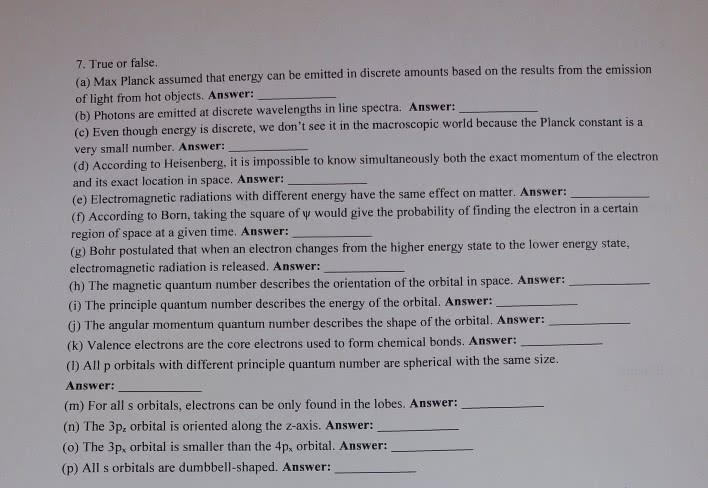CHEM10006 Lecture Notes - Lecture 11: Valence Bond Theory, Molecular Orbital Theory, Orbital Hybridisation
Document Summary
An orbital is a blurry cloud around the nucleus where an electron can be found 90% of the time. The orbitals are then arranged in shells around the nucleus. P orbitals dumbbell-shaped two lobes of each p orbital are separated by a region of zero electron density called a node. A covalent bond forms because of orbital overlap which occurs when two singly occupied atomic orbitals approach. The overlapping orbitals have an elongated ellipsoid shape. Su(cid:272)h (cid:271)o(cid:374)ds are (cid:272)alled sig(cid:373)a (cid:894) (cid:895) (cid:271)o(cid:374)ds. Bonds form because the energy of the molecule is lower than the energy of the separate atoms. Di radicals due to unpaired electrons in o2, which is not supported by the model. This is better explained by the molecular orbital theory. Orbital hybridization is the concept of mixing atomic orbitals into new hybrid orbitals (with different energies, shapes, etc than the component atomic orbitals) so the correct geometric orientation can be achieved.


